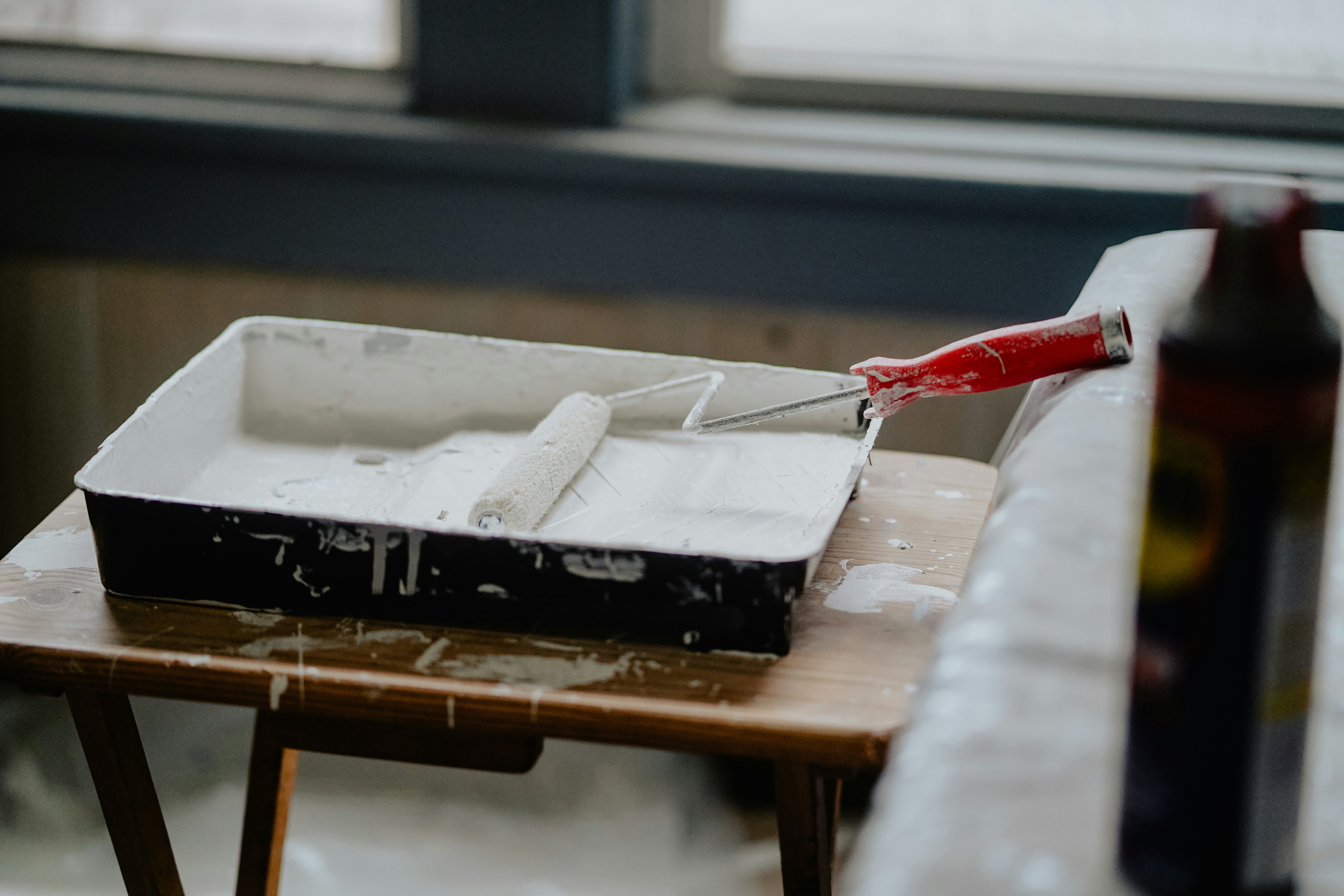Eco-Friendly Practices for Home Improvement Projects
Posted on: September 11, 2024
Home improvement projects can be both exciting and rewarding, but they also carry the potential for environmental impact. From painting to sealing driveways, the materials and methods we choose can affect not only our homes but also our local waterways.

To ensure that your next project is as environmentally friendly as possible, consider these essential practices:
1. Choose Water-Based Paints Over Oil-Based
When selecting paint for your home, opt for water-based (latex) paints rather than oil-based paints. Water-based paints generally have lower levels of volatile organic compounds (VOCs), which are harmful to both indoor air quality and the environment. VOCs can contribute to air pollution and, when washed off, can end up in storm drains, ultimately affecting local water bodies. Water-based paints are easier to clean up with soap and water and have less impact on water quality.
Although generally less hazardous compared to oil-based paints, latex paints still require proper disposal. If you have partially used cans of latex paint, you can solidify the paint by mixing it with kitty litter, sand, or another absorbent material. Once the paint is solid, the cans (without lids) can be disposed of with your regular household garbage. Empty paint cans with only a thin film of dried paint can usually be recycled with metals.
2. Purchase Only What You Need
To minimize waste, purchase only the amount of paint, sealant, or other materials that you need for your project. Buying excess materials not only leads to unnecessary waste but also increases the likelihood of improper disposal. If you have leftover materials, consider storing them properly for future use or donating them to community organizations or local reuse centers.
3. Avoid Washing Materials into Storm Drains
Never wash paint, solvents, cleaners, or sealants into the street or storm drain. These substances can be harmful to aquatic life and degrade water quality.
4. Pressure Washing Precautions
If you’re using pressure washing equipment, be cautious about how and where you direct the water. Avoid using excessive amounts of water and ensure that detergents or cleaning agents are eco-friendly and biodegradable. Direct the runoff away from storm drains and toward areas where it can be absorbed into the soil.
By adopting these home improvement practices, you can significantly reduce the environmental impact of your projects and help protect our waterways from contamination. Stay tuned for more practical tips on keeping our waters clean and green in our ongoing series!
Lisa Passalacqua, Community Engagement Manager